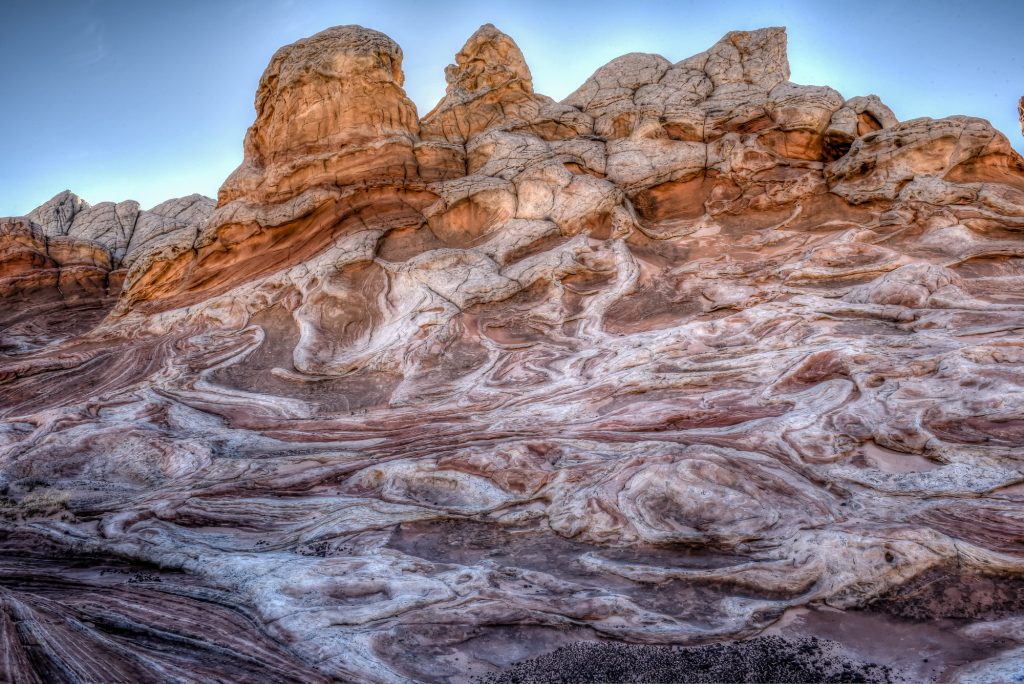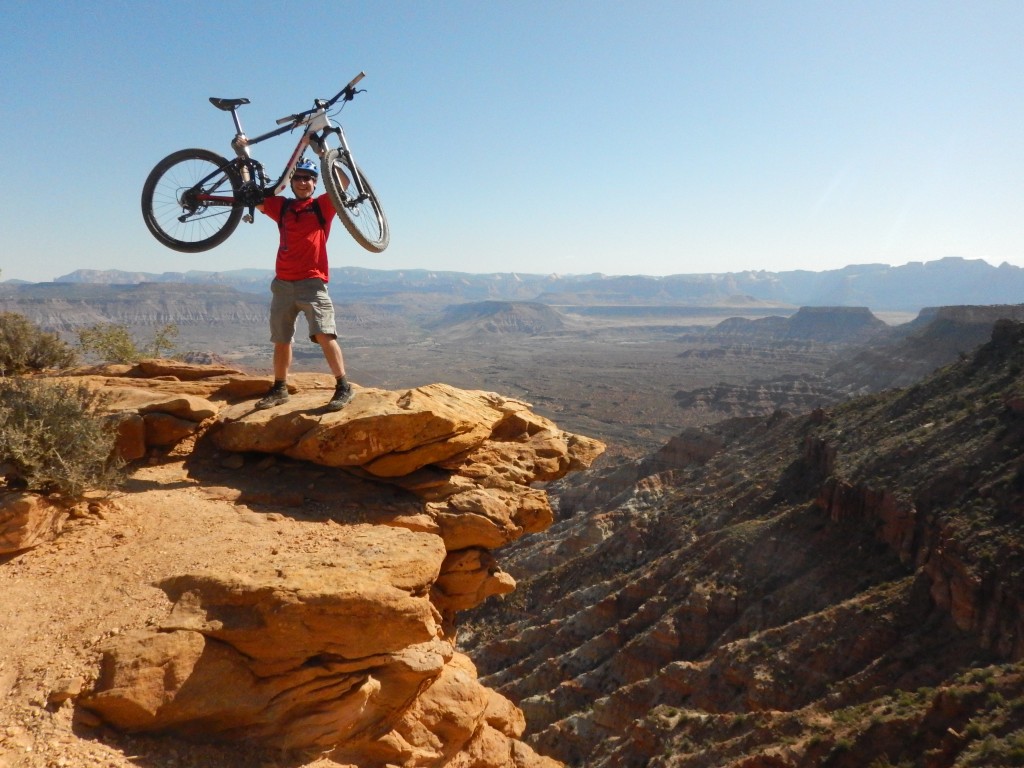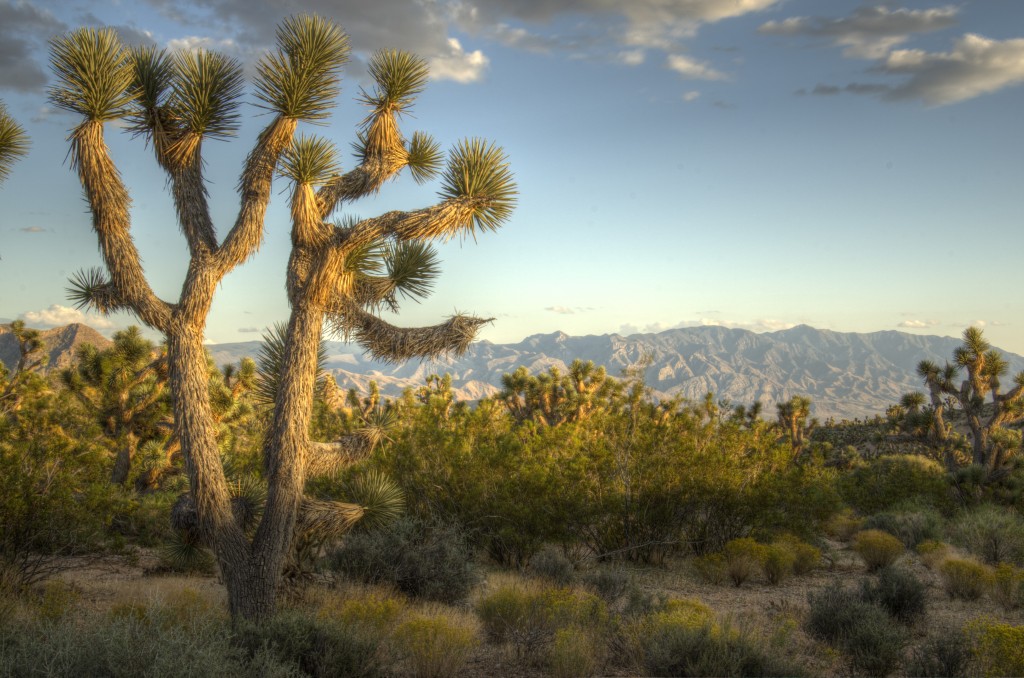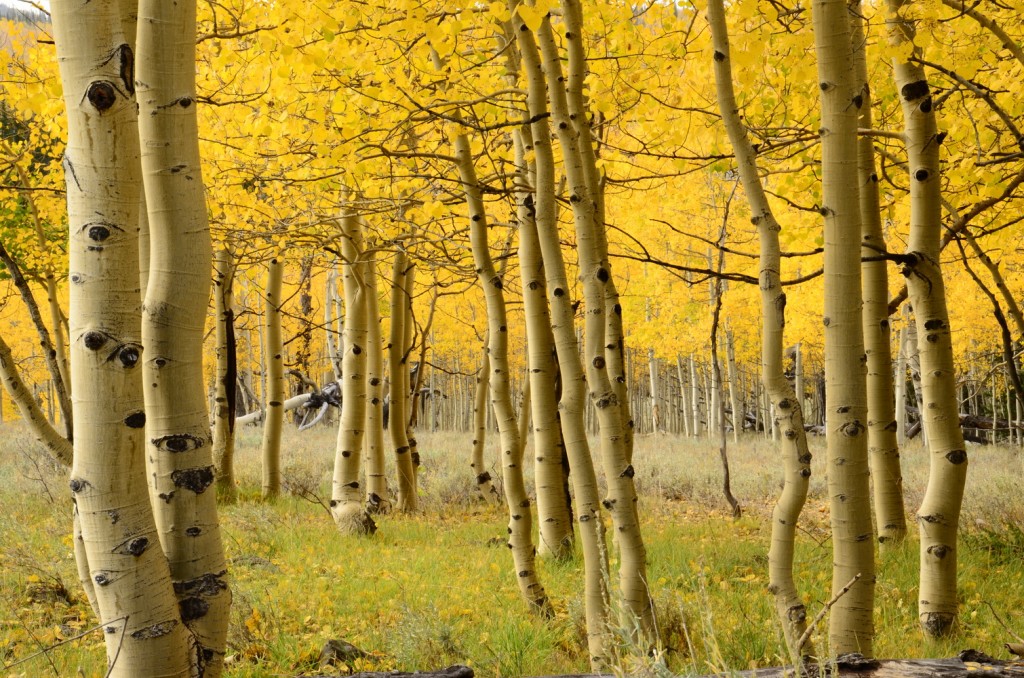The Landscape
The state of Utah is the 45th state admitted to the United states and has a wide range of landscapes from the mountains of the Wasatch front and Great Salt lake, to the redrock canyons and stunning stillness of the slickrock deserts. The state is the 10th least densely populated state, and 80% of that population lives along the Wasatch front both north and south of Salt Lake city. This leaves most of the rest of the state nearly empty with per person densities of under 10 people per square mile.
3 distinct geologic regions converge in Utah, the Rocky Mountains, the Great Basin and the Colorado Plateau find various points to meet and blend into one another with numerous transition zones allowing the mix of flora and fauna. Utah offers a wide range of natural diversity, from mountains, to canyons to deserts, which offsets what by most accounts is a dearth of cultural diversity as the population is dominated by members of the Church of Jesus Christ of latter day saints, known colloquially as the Mormons. The image that comes to mind when most people consider the state of Utah is skiing and Mormons. Most of the biggest ski resorts are in the Wasatch range to the east of Salt lake city, but the mountainous nature of the landscape permits winter sports to take place far south into the desert and red rock regions of the state as well.

White pockets in the vermillion cliffs wilderness
The Western part of Utah is dominated by the Great basin ecosystem and rain shadow desert regions with typical basin and range topography. This empty part of the state is known for solitude, wide open landscapes, and sparseness of both vegetation and population. The western third of the state is dominated by the great salt lake desert in the north and numerous mountain ranges from the Confusions to the Wah Wah’s further south.
In the southern half of the state the colorful sedimentary rocks of the Colorado plateau begin to assert themselves as the landscape resolves itself into a maze of cliffs and canyons with the laccolithic mountain ranges of the Sierra La Sal, Henry’s and Pine Valley ranges creating areas of igneous flavor.
In the far southwest corner of the state the Great Basin desert blends into the lower elevations of the Mojave with Joshua trees becoming the dominate species on the long bajada slopes of the Beaver Dam Mountains on the Arizona border.
Most of the state of Utah is public land. 70 percent of the state is owned by either the federal government, or is in a state trust or park of one form or another. Utah is the only state in the country where every county has some amount of national forest land, and Washington county in the far southwestern corner of the state is 85% publicly managed land. This means that in any direction that you look from the center of St. George, the horizon is public land of one sort or another.
Visitors to the southern part of Utah should expect a landscape of extremes. Elevations from 2000 feet to 11,000 feet above sea level exist only 80 miles apart, with a temperature difference often exceeding 50 degrees. These higher elevations are islands of wooded refuge from the summer heat, where aspen, fir, ponderosa pine and spruce trees create an open canopy of shade and respite perfect for hiking, horseback, or mountain bike trails. Winter conditions at these elevations provide ample amounts of the powder snow skiing that Utah is justifiably famous for, while the fall colors rival the spectacle of the Northeast.
Extremes in landscape, geology, topography, and relief all meet in southern Utah. Ribbons of stone form arches and natural bridges, spanning water courses that flow once or twice a year, yet then with fanatical and frightening levels of power and destruction, creating canyons that change with every flood. This process culminates in Zion Canyon, where some of the tallest sandstone cliffs in the world meet the erosive power and steep gradient of the Virgin River to create a landscape of unrivaled beauty, and ever increasing popularity. 2 million visitors annually visit the park making it the 4th most visited park in the national park system.
Settlements
St. George dominates the southwestern corner of the state, as the largest area of population outside of the Wasatch Front. Pioneered by Mormon settlers sent to grow cotton in the 1860’s, St. George has taken advantage of its low elevation and mild winter climate to become a hub for outdoor recreation offering valuable services and resources to millions of annual visitors. Situated astride the major transportation corridor of interstate 15, St. George is both easy to get to, and offers a perfect location for explorations of the endless miles of public lands that surround it. http://www.sgcity.org
Springdale sits at the entrance to Zion National park and is geared around satisfying the needs of the many visitors to the park. Hotels, restaurants, and gift shops line both sides of highway 9 offering the full spectrum of travel related services. If your sole interest in the region is the exploration of Zion National park this is the base of operations that is most advisable.
Cedar City is home to Southern Utah University, and the Utah Shakespearean Festival. http://www.bard.org Adjacent to Interstate 15 and at the foot of the Colorado Plateau, Cedar offers access to higher elevation locations on the Markagunt Plateau (Brian Head) as well as a convenient location from which to explore Bryce canyon, Cedar Breaks, and the Kolob canyon area of Zion national park.
Hurricane/Laverkin are situated along the junction of the Zion canyon corridor and the highways to the North rim of the Grand Canyon and Arizona strip. Though smaller than the other cities in the region a range of services are available to travelers and this location makes good sense if visiting both Zion and the Grand Canyon north rim.
Kanab is a somewhat remote town on the Colorado Plateau, but what it lacks in accessibility it makes up for in terms of its location relative to both the North rim of the Grand Canyon as well as the Grand Staircase of the Escalante national monument, Paria wilderness, Wave, and Buckskin Gulch. Kanab offers a selection of hotels and restaurants as well as other visitor services.

the north rim of gooseberry mesa
Activities
No other part of the state of Utah offers the wealth of recreational activities as the southwestern portion of the state. Nationally recognized as a winter destination for golfers, the area is slowly gaining renown for the variety of outdoor pursuits, that are possible year round.
Hiking/Backpacking- Zion national park, a multitude of BLM lands, Grand staircase Escalante national monument, north rim of the Grand Canyon.. the list is endless as are the possible experiences
Rock Climbing / Bouldering- Numerous stone types, climbing styles, elevations, and a year long season make this part of Utah one of the best places to explore the vertical world.
Canyoneering– Descending a narrow water carved slot canyon is an experience unique to regions of soft stone and seasonally fanatic water flow. No other part of the world offers the variety of this type of experience than this part of Utah.
Mountain Biking- Southern Utah offers a variety of mountain biking unparalleled anywhere else in Utah or the world. Technical slickrock, miles of cross country, mesa tops, and crazy downhill runs are just a sample of the experiences possible.
ATV / Jeep touring– Hundreds of miles of dirt roads, deep sand, rugged plateaus offer a wealth of 4wd activities from tame to insane. The area has several tour companies that can provide both the equipment and guides to make getting this experience very feasible.
Horseback riding- Wide open spaces, and numerous trail systems designated for multiple uses lend themselves to travel by horseback. Beyond getting in touch with a historic method of transportation, horseback riding is often a very efficient and fun way to move across the scenic landscape of the region.
Road biking- Small but widely separated towns connected together with hundreds of miles of pavement make for some of the most scenic road bike rides in the nation, as evidenced by the dozens of bike touring companies that use southern Utah as a destination. St. George also hosts several road competitive events such as the Ironman which highlight the quality of the road biking terrain.
Caving- The limestone mountain ranges west of St. George and down into the Arizona strip offer several caving opportunities from small and well known Bloomington cave to more remote and little discussed caverns known to the small tight knit community of cavers.
Paragliding- Though less well known than the established sites in the Salt lake city area, the high relief of several areas around St. George offer some seasonal paragliding opportunities. Various pioneers have developed launch sites on the cliffs of Warner ridge and the Hurricane cliffs.
Water sports- As a region of low desert with commensurate levels of rainfall, it is surprising how many different water sports are possible in the area. The area around St. George features several reservoirs, and the vast expanse of Lake Powell is a short 2 hour drive away. Boating, water skiing, wake boarding, cliff jumping, and swimming all offer fun respites from the high summer temperatures.
Skydiving / Base Jumping- Though skydiving is possible anywhere there is an airport to take off from, Southwestern Utah may be the most scenic place to fall into, and there are a couple of commercial companies that can facilitate the experience based out of Hurricane and Mesquite Nevada. The wealth of cliffs also provides the vertical relief for more experienced people to jump off of, and several sites are regularly jumped by a small community of fanatics.
Iron Man / Marathon- The stable weather and nearly guaranteed sunshine combined with miles of scenic roadways make Southwestern Utah an excellent location for competitive races of all kinds. St. George hosts both a spring Ironman event, and a historic fall marathon that has grown to be the 13th biggest event of its type in the nation. There are also numerous smaller and more specialized events that happen throughout the year, from small 5K races to all day mountain bike relays.
Scenic Flights- There are no more efficient methods of seeing the stunning scenery of the region than from the air. Companies that offer both helicopter and fixed wing tours of the area in and around Zion national park, and the Grand Canyon operate out of Hurricane and Kanab.
Scenic tours- It is often a more efficient use of valuable vacation time to let professionals deal with the details of planning and logistics, and taking a scenic tour from a commercial company is often the best way to compress a wide range of experiences into a limited time frame.
Services:
Lodging- The cities and towns of the region offer the full spectrum of choices in accommodation, from bare bones to opulent luxury and everything in between. Motels, hotels, bed and breakfasts, time share condos, vacation rentals, destination spa resorts, campgrounds and even new age couch surfing via phone apps. Finding a place to stay at a specific price point has never been easier. Specific seasons are generally more competitive than others, with the spring and fall being the most highly sought after in St. George, and spring and summer vacation season being less available at towns near the parks like Springdale and Kanab.
Food- Southwestern Utah is not known as a culinary destination area, and as a relatively homogeneous population there are few if any styles of local cuisine besides perhaps dutch oven cooking in cast iron pots during summer camp outings. Yet a wide range of all Americanized food is available in most locations, and local grocery stores stock items that can be found anywhere else in the nation, with perhaps an under representation of various ethnic options such as kosher food or more exotic options. Small health food stores offer some organic and locally grown foods, but the national chains like Whole Foods are absent in the region at large.
Personal services- As an area that would take lifetimes to thoroughly explore, many visitors find themselves here for more than just a few days, and eventually laundry needs to be done. Laundromats, health clubs, spa’s, car mechanics, barbers
Medical Care- As one of the top retirement destinations in the nation, St. George has a wide range of health care services available to residents and visitors alike. A state of the art hospital and number of associated specialists can care for all but the most obscure or life threatening situations that require levels of specialization only available in larger cites.

